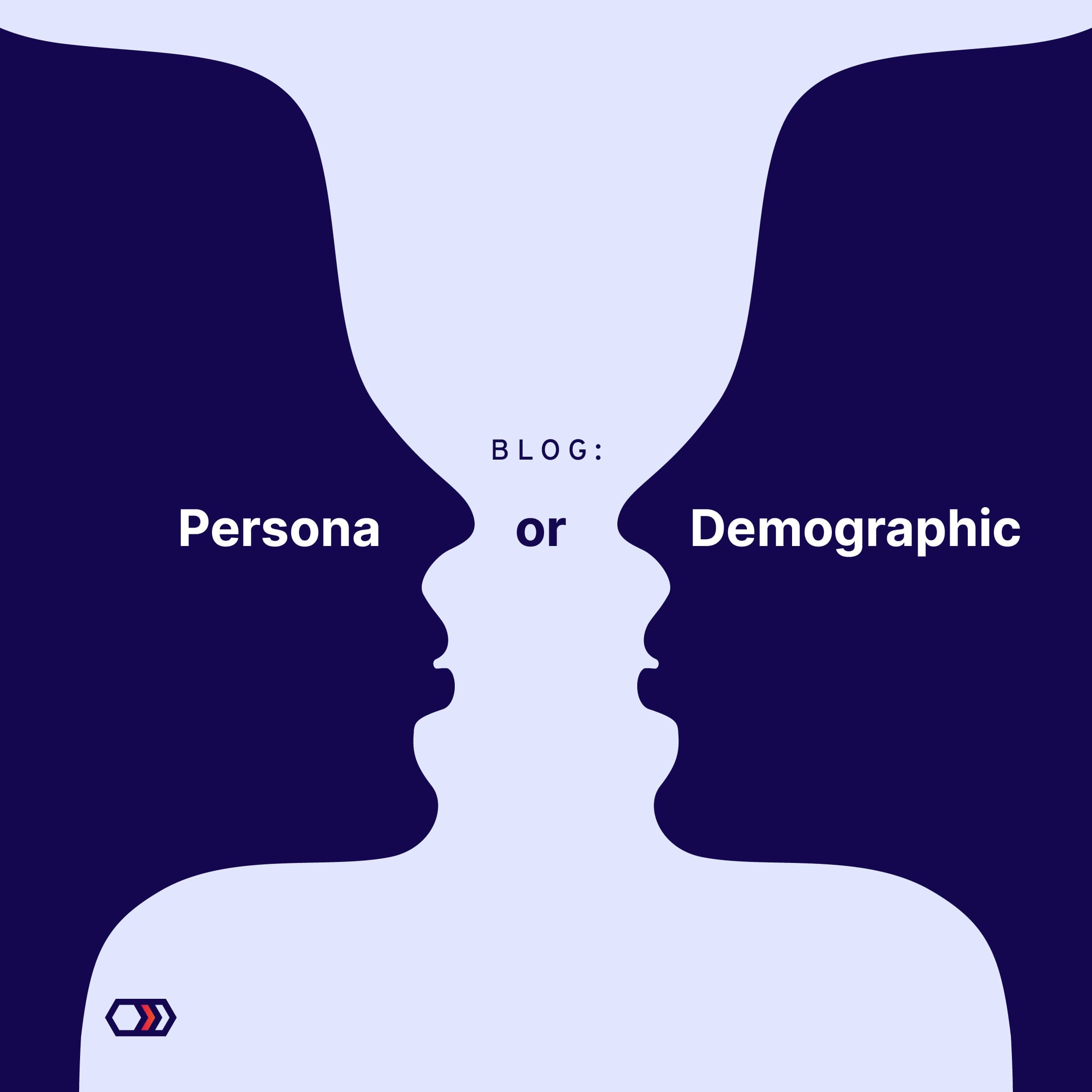In business, you’re always thinking about your ideal customer. Where they are, what they’re doing, how much money they make, what their interests are, and even their age. However, is that really what you should focus on? Personas Have been the “standard” in finding your target customer audience for a long time. Some brands even create avatars and give them names, income, and demographics so their sales team knows who to target. So traditionally, marketers are focused on getting information to people that fit that demographic. What if we told you that way is outdated, and you might actually be targeting the wrong people? Well, it’s true. And we’re going to tell you why it’s outdated, and what you need to focus on to truly find your ideal customer.
When you think about your product or service, the “why” people buy your product is more important than the “who,” “what,” “when,” & “where.” As you promote your products through either social media, websites, digital ads, or even print materials, think about all of the reasons people want to buy from you. So in your next strategy meeting, ask these questions:
- “What are the customer’s pain points?”
- “What do they need help with?”
- “What problem does the product/service solve?”
- “Where are the customers in the buying journey?”
- “What’s stopping them from converting?”
Asking those questions will give you the ability to drill down on the exact reason people need what you offer. This positions your brand to tailor your marketing message to people who will actually convert and not an avatar who might fit the ideal demographic, but not the ideal persona.
What is the difference between demographic and persona? Well, demographics are age, location, financial status, race, education level, gender, marital status, and other basic stats like that. Personas dive deeper into the personality of the customer by focusing on what makes them who they are and why they’re looking for your product or service. Let’s look at an example. We’re going to sell running shoes. We have 2 women, Sue and Mary. Both are 45, college graduates, with successful careers, and make over $100K per year. Sue is an avid marathon runner and wakes up every morning at 4:30 am to go on a 2-mile run. Mary hates running but goes to the gym daily. If we market the shoes as great for long runs and marathons and provide arch support to keep feet from getting tired, most likely only one of those women would buy the shoe. Mary doesn’t like running and doesn’t participate in marathons so she doesn’t need those benefits from the shoe. However, Sue would most likely buy the shoe right away. It will help her alleviate pain in her feet from running, and it aligns with her interests.
But what if we marketed the shoe as great for anyone with an active lifestyle? We could say something like “If you’re going to the gym, running errands, or running a marathon, our shoe keeps your feet energized and ready for anything. Foam cushioning to soften landings, durable outsole perfect for pounding the pavement or agility training, and the stylish design make it perfect for every occasion. Now, both women have pain points and interests that we talk about in the campaign. This shows why looking at personas is more important than demographics.
Do you have a marketing campaign that is falling short or just need some extra support to push your marketing to the next level? Hexcode is here to help. We dive into your business to truly understand what your ideal customers get out of your product or service and make it the star of your marketing. Give us a call or email us today and let’s start your brand’s journey to a more strategic and efficient marketing plan.













